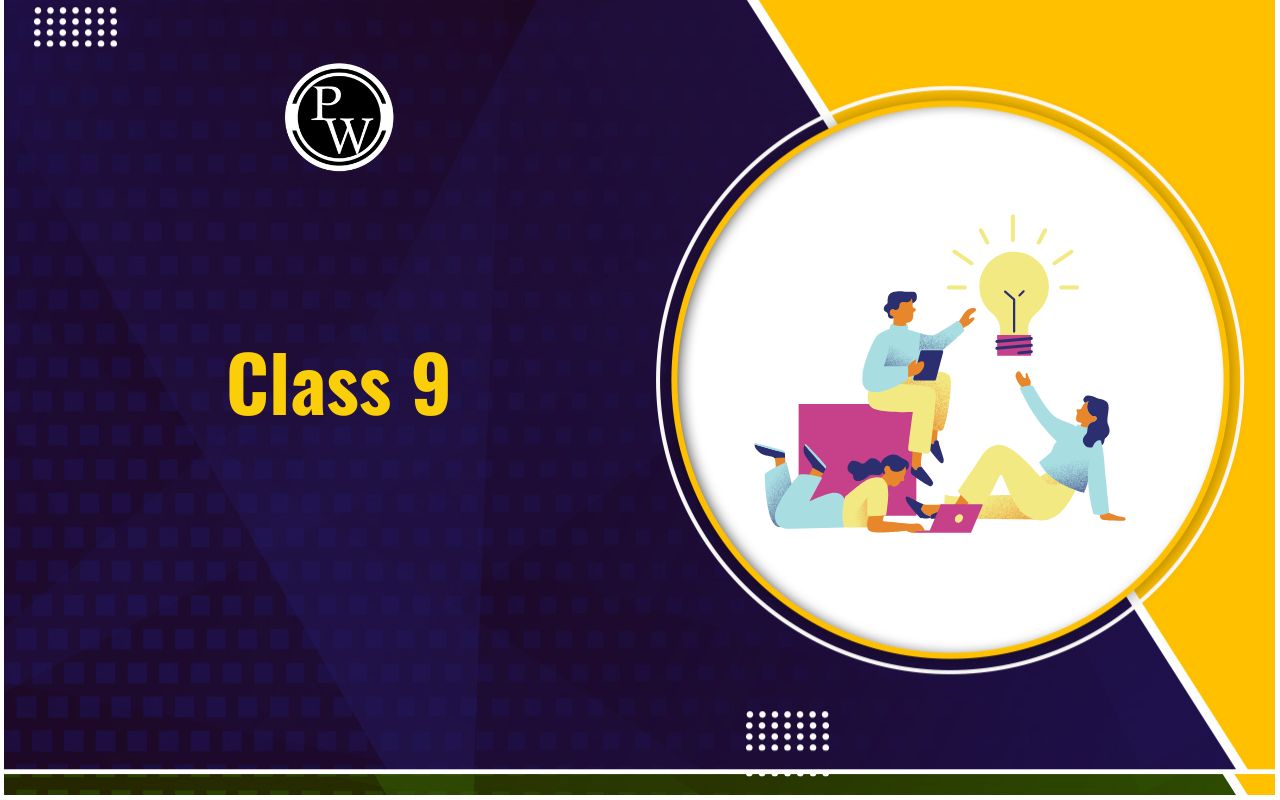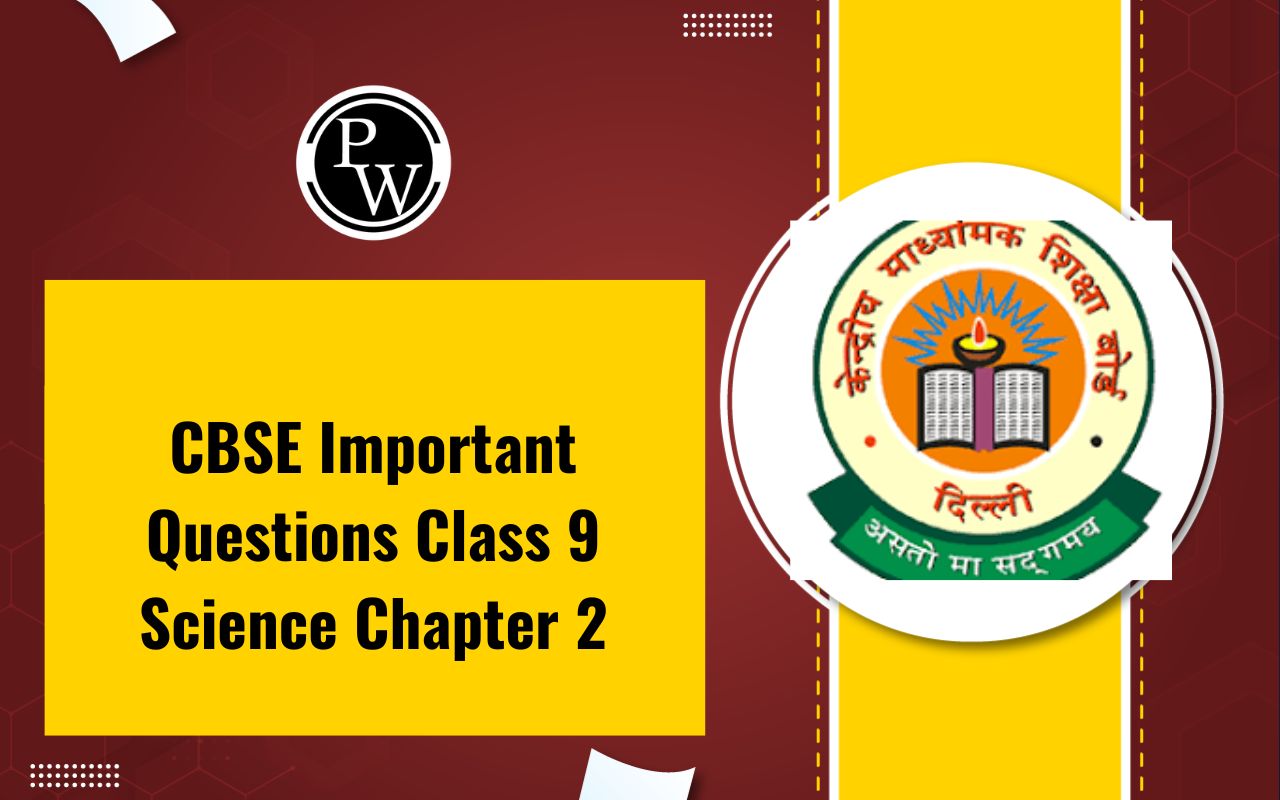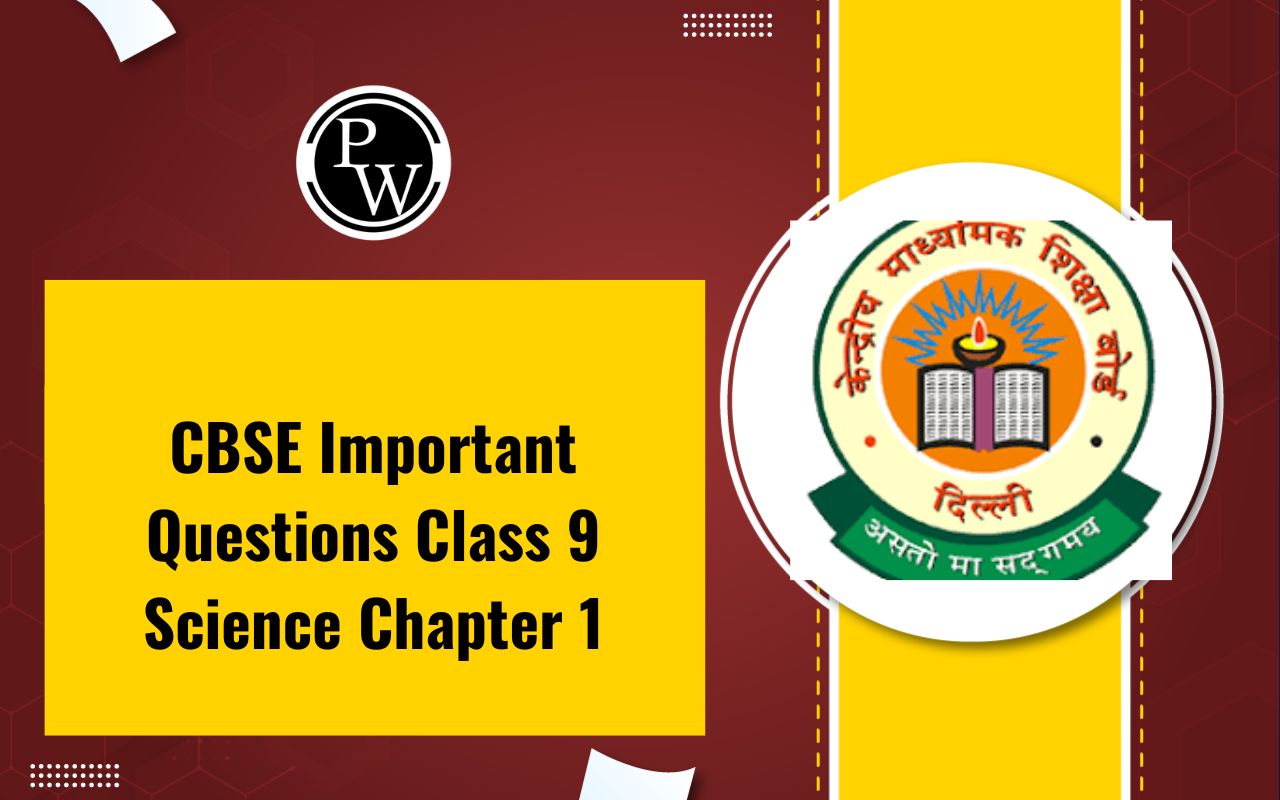
NCERT Solutions for Class 9 Geography Chapter 3: The NCERT Solutions for Class 9 Geography Chapter 3 Drainage is very important chapter in Class 9. This chapter focuses on understanding the river system of India, including the Himalayan rivers, peninsular rivers, lakes, and the rivers economic significance and pollution issues.
ISC Class 12 Exam Pattern 2023-24
To tackle the 6 questions posed in the exercise, students can rely on the NCERT Solutions Class 9 Geography Chapter 3 Drainage. These solutions, aligned with the NCERT book, provide comprehensive answers to aid students in preparing for their CBSE exams.NCERT Solutions for Class 9 Geography Chapter 3 Overview
Chapter 3 of NCERT Class 9 Geography, titled "Drainage," describes the river system of India. It defines drainage as the network of rivers and streams that drain an area, with each river basin constituting a separate drainage basin. The chapter is divided into various aspects of India drainage system, covering the following topics in detail:The Himalayan Rivers: The chapter discusses the three major river systems originating from the Himalayas: the Indus River System, the Ganga River System, and the Brahmaputra River System.
The Peninsular Rivers: It covers the key river basins of the peninsular region, including the Narmada, Tapi, Godavari, Mahanadi, Krishna, and Kaveri Basins.
Lakes: The chapter also touches upon the significance of lakes in India's drainage system.
Role of Rivers in Economy: Students learn about the economic importance of rivers, such as their role in agriculture, transportation, and hydroelectric power generation.
NCERT Solutions for Class 9 Geography Chapter 3 Drainage
The solutions for Chapter 3 of Geography are provided below. Students can also check the NCERT Solutions for Class 9 for other subjects. These solutions offer comprehensive explanations and answers to aid students in understanding various concepts across different subjects.Exercise Page No.23
1. Choose the right answer from the four alternatives given below.
(i) In which of the following states is the Wular lake located? (a) Rajasthan (b) Punjab (c) Uttar Pradesh (d) Jammu and KashmirAnswer:
Jammu and Kashmir(ii) The river Narmada has its source at
(a) Satpura (b) Amarkantak (c) Brahmagiri (d) Slopes of the Western Ghat
| CBSE Class 9 Maths Syllabus | CBSE Class 9 science Syllabus |
| CBSE Class 9 computer Application Syllabus | CBSE Class 9 hindi Syllabus A |
Answer:
Amarkantak(iii) Which one of the following lakes is a saltwater lake?
(a) Sambhar (b) Wular (c) Dal (d) Gobind SagarAnswer:
Sambhar(iv) Which one of the following is the longest river in Peninsular India?
(a) Narmada (b) Godavari (c) Krishna (d) Mahanadi
Answer:
Godavari(v) Which one amongst the following rivers flows through a rift valley?
(a) Mahanadi (b) Krishna (c) Tungabhadra (d) Tapi
Answer:
Tapi2. Answer the following questions briefly.
(i) What is meant by a water divide? Give an example.Answer:
An elevated region, like a mountain or upland, that acts as a boundary separating two drainage basins is referred to as an upland or a water divide. One such example is the water divide between the Indus and Ganga River Systems.(ii) Which is the largest river basin in India?
Answer:
The Ganga River Basin is the largest river basin in India.(iii) Where do the rivers Indus and Ganga have their origin?
Answer:
Indus River origin – Near Manasarovar Lake, Tibet Ganga River origin – Gangotri glacier in Uttaranchal(iv) Name the two headstreams of the Ganga. Where do they meet to form the Ganga?
Answer:
The two headstreams of the Ganga are Alaknanda and Bhagirathi. They both meet to form Ganga at Devprayag.(v) Why does the Brahmaputra in its Tibetan part have less silt, despite a longer course?
Answer:
In Tibet, the river carries a smaller volume of water and less silt due to the region's cold and dry climate. However, as the river enters India, it traverses through areas experiencing high rainfall. The river carries a significantly larger volume of water along with a considerable amount of silt.(vi) Which two Peninsular rivers flow through a trough?
Answer:
Narmada and Tapi are the two Peninsular rivers that flow through a trough.(vii) State some economic benefits of rivers and lakes.
Answer:
Rivers have been of fundamental importance throughout human history. Water from rivers is a basic natural resource, essential for various human activities. Therefore, riverbanks have attracted settlers from ancient times. Using rivers for irrigation, navigation and hydropower generation is of special significance — particularly to a country like India, where agriculture is the major source of livelihood for the majority of its population.3. Below are given names of a few lakes of India. Group them under two categories – natural and created by human beings. (a) Wular (b) Dal (c) Nainital (d) Bhimtal (e) Gobind Sagar (f) Loktak (g) Barapani (h) Chilika (i) Sambhar (j) Rana Pratap Sagar (k) Nizam Sagar (l) Pulicat (m) Nagarjuna Sagar (n) Hirakund
Answer:
Natural Lakes
- Sambhar
- Barapani
- Nainital
- Bhimtal
- Loktal
- Chilika
- Pulicat
- Wular
- Dal
Human-made Lakes
- Nagarjuan Sagar
- Hirakud
- Nizam Sagar
- Gobind Sagar
- Rana Pratap Sagar
4. Discuss the significant difference between the Himalayan and the Peninsular rivers.
Answer:
Himalayan Rivers:
- These rivers flow perennially throughout the year.
- They are primarily fed by rain and snowfall in the Himalayan region.
Peninsular Rivers:
- These rivers are seasonal in nature.
- They rely heavily on rainfall for their water supply, and during dry seasons, their water levels decrease significantly, sometimes leading to complete drying up.
5. Compare the east-flowing and the west-flowing rivers of the Peninsular plateau.
Answer:
West flowing rivers- There are only 2 long West flowing rivers – Narmada and Tapi.
- They flow into the Arabian Sea.
- They have a lesser number of tributaries.
- Form estuaries.
- Carry lesser sediments.
- Many major rivers, Mahanadi, Cauvery, Godavari, Krishna, etc.
- They flow into the Bay of Bengal.
- Have many tributaries.
- Forms Deltas.
- Carry larger sediments than West flowing rivers.
6. Why are rivers important for the country’s economy?
Answer:
Rivers have played a crucial role in shaping human history, serving as vital sources of water essential for various human activities. Since ancient times, riverbanks have drawn settlers due to the availability of water, leading to the development of thriving settlements that have evolved into major cities over time. The significance of rivers extends beyond mere settlement, as they are utilized for irrigation, navigation, and hydropower generation. This holds special importance in countries like India, where agriculture forms the backbone of the economy and is the primary source of livelihood for a large portion of the population. Thus, rivers not only sustain life but also contribute significantly to economic development and human progress.
NCERT Solutions for Class 9 Social Science Geography Chapter-wise List |
| Chapter 1 India Size and Location |
| Chapter 2 Physical Features of India |
| Chapter 3 Drainage |
| Chapter 4 Climate |
| Chapter 5 Natural Vegetation and Wildlife |
| Chapter 6 Population |
NCERT Solutions for Class 9 Geography Chapter 3 FAQs
Why is it important to study Chapter 3 of Class 9 Geography?
How can students use NCERT Solutions for Class 9 Geography Chapter 3 effectively?
What can be learned about the west-flowing rivers of the peninsular plateau from Chapter 3 of NCERT Solutions for Class 9 Geography?










